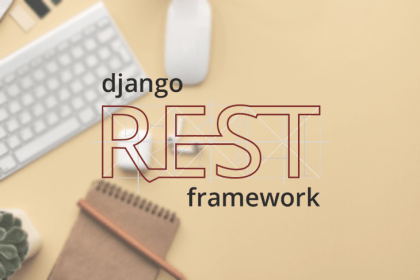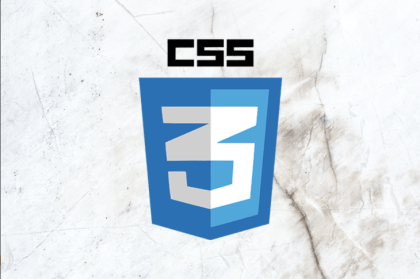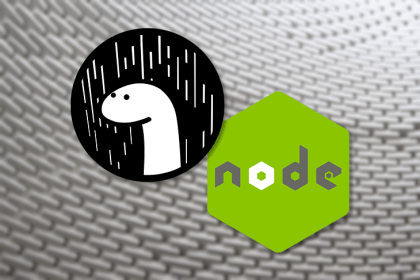
Learn how to create a slide fade transition, a fade transition, and a custom transition in your Vue app using Vue router.

If you are putting out digital content, there is a high chance that your audience will view it on a mobile device. For text and images, this is not a huge problem with modern CSS. But if the content is a data visualization using SVG elements, this might be a problem.

Here, you can learn how to design highly performant animations and micro-interactions to improve the UX of your site.

Learn how to use the reactivity of MobX to manage the state of an application, and specifically how to use MobX to manage the state of a React application.

Sharing elements in between screens in React Native using React Navigation Shared Element Transition makes the process smooth for development and end users.

Here, you’ll use Django REST Framework to build a blog API with endpoints for users, blog posts, comments, and categories.

Using variables to control and change values for properties allows you to run calculations in CSS functions without issues.

This post introduces Microsoft’s Fluid Framework and walks through a sample application to show how it can be integrated into projects.

Should your app or service continue to invest time in Internet Explorer 11 support? The answer is: it depends. Find out more here.

How to solve five common incompatibilities between properties and values in CSS that slow down development.

Try out React Frontload to make fetching, rendering, and updating data even faster in your React apps.

Learn what Deno is and how it aims to fix the inherent issues in Node.js.